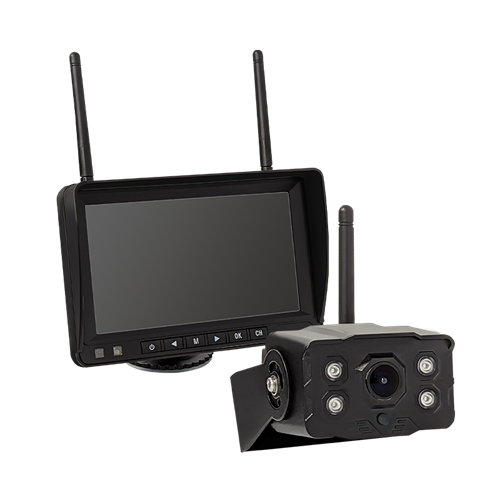Reversing a caravan can be one of the most challenging aspects of towing, but with the right caravan reversing camera, it doesn’t have to be. Studies show that a significant number of caravan-related accidents occur while reversing, often due to blind spots and limited visibility. A high-quality caravan camera system provides a clear view of obstacles, pedestrians, and tight parking spaces, making maneuvering safer and less stressful. Whether you choose a wireless caravan camera or a complete reversing camera kit, the right setup enhances confidence and improves overall safety. In this guide, we’ll explore everything you need to know about caravan rear view cameras, from key features to installation tips, ensuring you find the best solution for your needs.
Understanding Caravan Reversing Cameras
A caravan reversing camera is an essential tool for safer and more convenient towing, helping drivers eliminate blind spots and navigate tight spaces with ease. Whether you're parking at a caravan site or reversing into a driveway, these systems provide real-time visual feedback, reducing the risk of accidents.
How Caravan Camera Systems Work
At their core, caravan reversing camera systems consist of three main components:
-
Camera Unit – Mounted on the rear of the caravan, this camera captures a wide-angle view of the area behind the vehicle. Some models offer night vision, waterproof casing, and high-definition resolution for better clarity.
-
Monitor – Installed in the towing vehicle, the monitor displays the live feed from the camera, helping drivers make informed decisions while reversing. Monitors come in various sizes and can be integrated into dashboards, rearview mirrors, or stand-alone screens.
-
Transmitter & Receiver (For Wireless Systems) – In a wireless caravan camera setup, the camera transmits video signals to the monitor without the need for long cables. This reduces installation complexity and makes wireless systems a popular choice among caravan owners.
Benefits of Installing a Reversing Camera
Reversing a caravan can be tricky due to blind spots, limited visibility, and the overall size of the setup. A caravan reversing camera gives you a clear view behind the caravan, making it much easier and safer to park, reverse, and move around tight spaces.
1. Improves Safety
A major benefit of a reversing camera is safety. It helps you see people, pets, and obstacles that might be hidden in your mirrors—especially in busy caravan parks or driveways. This can prevent accidents and damage.
2. Easier Maneuvering
Backing into campsites or tight spots becomes far less stressful. You can see exactly where your caravan is going, so you don’t have to rely on guesswork or a second person to guide you.
3. Saves Time and Effort
Without a camera, reversing often takes multiple attempts and lots of mirror checks. A camera gives you a full view in real time, so you can reverse faster and with more confidence.
4. May Lower Insurance Costs
Some insurance companies offer discounts for vehicles with reversing cameras. Plus, avoiding even one small accident can save you hundreds in repair costs.
5. Helps While Driving Too
Many reversing cameras can also be used while driving. If you connect the camera to your caravan’s tail or clearance lights, you’ll get a constant rear view when the lights are on. This helps with lane changes and improves your overall awareness on the road.
Types of Reversing Camera Systems
Choosing the right caravan reversing camera depends on various factors, including installation preferences, budget, and the level of reliability required. The two primary categories are wired and wireless caravan camera systems, each with distinct advantages and limitations.
Wired Reversing Camera Systems
Wired systems use a direct cable connection between the camera and the monitor, ensuring a stable and interference-free video signal.
Advantages:
-
Uninterrupted, high-quality video feed without signal interference.
-
More reliable in areas with high electronic interference, such as urban environments.
-
Generally better image clarity, especially for HD camera models.
Limitations:
-
Requires professional or DIY installation, often involving routing cables through the car and caravan.
-
More challenging to install on long caravans where cable length is a concern.
-
Need a connection at the tow hitch, which requires it to be weather resistant.
Best for: Caravan owners who prioritise maximum reliability and are comfortable with a more involved installation process.
Wireless Caravan Camera Systems
Wireless systems use radio frequency transmission to send video signals from the camera to the monitor, eliminating the need for long cables.
Advantages:
-
Easier DIY installation with no need for extensive wiring.
-
More flexibility in mounting positions.
-
Ideal for caravans that require a temporary or portable solution.
Limitations:
-
Signal interference can occur, especially in areas with high radio frequency traffic.
-
Some wireless models may experience slight delays in video transmission.
Best for: Caravan owners who want a quick and easy setup with minimal installation work.
Digital Wireless Technology
Early wireless caravan camera models often suffered from poor signal reliability and video lag. However, digital wireless technology has significantly improved performance by reducing interference and enhancing video clarity.
Benefits of Digital Wireless Cameras:
-
Stronger, more stable signal with reduced dropouts.
-
Encrypted transmission prevents interference from other wireless devices.
-
High-definition video quality for better visibility.
Best for: Caravan owners who want the convenience of a wireless system without sacrificing video quality or reliability.
Key Features To Consider
Viewing Angle – Finding the Right Balance
The viewing angle of a reversing camera affects how much of the area behind your caravan is visible on the monitor.
-
Narrow-Angle Lenses (30°–60°): Provide a more detailed and zoomed-in view but cover a smaller area. These are better suited for focusing on specific hazards directly behind the caravan but may miss obstacles in peripheral vision.
-
Mid-Range Lenses (90°–110°): Offer a good balance between distance visibility and wide coverage. Ideal for general reversing tasks in most caravan setups.
-
Wide-Angle Lenses (120°–180°): Provide maximum coverage, reducing blind spots significantly. However, extremely wide angles (above 150°) may introduce distortion, making objects appear farther away than they really are.
Example Case: A 120° caravan rear view camera is ideal for general reversing in caravan parks, while a narrow 60° camera may be useful for monitoring the tow hitch when coupling the caravan to the vehicle.
Resolution Quality – Clarity Matters
The resolution of your caravan camera system determines how sharp and clear the image appears on the monitor.
-
480p (Standard Definition, SD): Basic visibility but may lack fine detail, especially in low light.
-
720p (High Definition, HD): A significant improvement in image sharpness, making it easier to see small obstacles.
-
1080p (Full HD): Crisp, high-quality visuals with better depth perception, ideal for precise maneuvering.
Example Use Case: If you frequently park in dimly lit caravan parks or have trouble spotting low objects, investing in an HD reversing camera kit can make all the difference.
Night Vision – Essential for Low-Light Reversing
Many wireless caravan cameras and wired reversing camera kits come equipped with night vision, allowing clear visibility even in darkness.
-
Infrared (IR) Night Vision: Uses infrared LEDs to illuminate the surroundings, creating a black-and-white image in low-light conditions.
-
Low-Light Sensors: Advanced cameras use high-sensitivity sensors to enhance visibility without the need for infrared, maintaining color accuracy.
Example Use Case: When arriving at a caravan park late at night, an infrared-enabled reversing camera kit helps navigate safely without relying on external lighting.
Weather Resistance – Built to Withstand the Elements
A caravan rear view camera is exposed to rain, dust, and temperature fluctuations, so it’s essential to choose a model with a high IP (Ingress Protection) rating:
-
IP65: Protection against light rain and dust – suitable for fair-weather caravanners.
-
IP67: Fully waterproof and dustproof – ideal for Australian conditions.
-
IP69K: Designed to withstand high-pressure water jets and extreme environments – best for rugged off-road caravanning.
Example Use Case: If you frequently travel through the Outback, an IP69K-rated caravan camera system ensures durability against dust storms and heavy rain.
Monitor Size – Choosing the Right Display
The monitor size affects how easily you can view details while reversing.
-
4.3-inch Monitors: Compact and space-saving, ideal for small dashboards.
-
7-inch Monitors: The most popular size, providing a clear and balanced view.
-
9-inch Monitors and Larger: Best for split-screen viewing when using multiple cameras.
Example Use Case: A 7-inch wireless caravan camera monitor is a great choice for most towing vehicles, offering a clear view without taking up too much dashboard space.
Mounting Configurations – Finding the Perfect Fit
How and where the camera is mounted affects its performance and ease of use.
-
Number Plate Mount: Discreet and easy to install, but the angle may be limited.
-
Roof or High Mount: Provides a broad view of the surroundings, reducing blind spots.This is ideal for wireless camera systems, as line of sight is best to improve signal to the monitor in the tow vehicle.
-
Bumper Mount: Ideal for close-range visibility but may be exposed to dirt and damage.
Example Use Case: A high-mounted reversing camera kit is ideal for large caravans, offering a full rear perspective, while a bumper-mounted caravan rear view camera is better for precise hitching.
Installation Guide and Considerations
Installing a caravan reversing camera can be a straightforward DIY project or a task best left to professionals, depending on the complexity of the system. While wireless caravan cameras are generally easier to set up, wired reversing camera kits require more effort due to cable routing. Below, we’ll cover both DIY installation and professional installation options, including the tools needed, step-by-step guidance, and common troubleshooting tips. Keep in mind that a wireless camera still requires wiring to a power source on both the camera (rear tail, clearance or reverse lights) and the monitor inside the van (most come with CIG Socket or USB).
Step-by-Step Installation Guide
1. Mounting the Camera
-
Choose a high mount for a wide view or a bumper mount for close-range reversing.
-
Secure the camera using a drill if needed.
-
Adjust the angle for the best visibility.
2. Running the Wiring (For Wired Systems)
-
Route cables from the caravan reversing camera to the towing vehicle.
-
Use zip ties and clips to keep cables secure.
-
Protect external connections with heat-shrink tubing or electrical tape.
-
Connect the camera to the 12V system, usually through the taillights.
3. Connecting the Monitor
-
Dashboard mount: Attach with a suction cup or bracket.
-
Mirror mount: Clip onto the existing rearview mirror.
-
Wired systems: Run the video cable to the monitor.
-
Wireless systems: Install the transmitter in the caravan and the receiver in the tow vehicle.
4. Powering the System
-
Wired: Plug the monitor into a 12V source (cigarette lighter or fuse tap).
-
Wireless: Ensure both the transmitter and receiver have power.
5. Testing & Adjustments
-
Turn on the system and check the camera feed.
-
Adjust the camera to remove blind spots.
-
Test in a safe, low-traffic area.
Top Brands In Australian Market
When selecting a caravan reversing camera in Australia, it's essential to consider the leading brands that offer quality, reliability, and features tailored to the needs of caravanners. Below is an overview of five prominent brands in the Australian market:
Aussie Traveller
Unique Selling Points:
-
Tailored for Australian Conditions: Aussie Traveller designs products specifically for the Australian climate and terrain, ensuring durability and performance.
Reliability Reputation: Known for robust construction and reliability, their products are trusted by Australian caravanners.
Warranty: 12-months
Price Positioning: Aussie Traveller's reversing camera kits are competitively priced, offering value without compromising on quality.
Furrion
Unique Selling Points:
- Advanced Wireless Technology: Furrion's Vision S series features high-resolution wireless systems with wide viewing angles and motion detection.
- Seamless Integration: Designed for easy integration with modern caravans, often pre-wired for Furrion systems.
Reliability Reputation: Furrion is recognised for innovative designs and reliable performance, making them a popular choice among caravanners.
Warranty: 12-months
Price Positioning: Furrion's products are positioned in the mid to high-end price range, reflecting their advanced features and quality.
Dometic
Unique Selling Points:
- Comprehensive Vehicle Solutions: Dometic offers a range of vehicle accessories, including the PerfectView reversing camera systems, known for their quality and performance.
- High-Quality Imaging: Their cameras provide clear images, enhancing safety during reversing and maneuvering.
Reliability Reputation: Dometic is a globally recognised brand, known for its high-quality and reliable products in the mobile living market.
Warranty: 12-months
Price Positioning: Dometic's products are positioned in the mid to high-end price range, reflecting their premium features and brand reputation.
Sphere
Unique Selling Points:
- Innovative Technology: Sphere offers wireless reversing camera kits with features like dual cameras and audio capabilities, enhancing safety and convenience.
Reliability Reputation: Sphere is known for delivering reliable products that meet the demands of modern caravanners.
Warranty: 12-months
Price Positioning: Sphere's products are competitively priced, offering excellent value for money without sacrificing quality.
|
Feature: |
||||
|
Camera Type |
Rear-Lens |
Single-Lens |
360° Multi-Camera System |
Single-Lens |
|
Viewing Angle |
120° |
120° |
360° |
150° |
|
Resolution |
720p |
720p |
1080p |
720p |
|
Night Vision (Infrared LEDs) |
Yes |
Yes |
Yes |
Yes |
|
Wireless/ Wired |
Wireless |
Wireless |
Wired |
Wired |
|
Monitor Size |
5" or 7" |
5" |
7" |
7" |
|
Weather |
IP68 |
IP65 |
IP69K |
IP69K |
|
Additional Features |
Split-Screen Display |
Anti-Glare Screen |
360° Bird's-Eye View |
Automatic Brightness Adjustment |
Maintenance and Troubleshooting Common Issues
Australia’s extreme weather conditions—intense sun, dust, rain, and rough terrain—can take a toll on your caravan camera system. Regular maintenance ensures optimal performance and longevity. Here’s how to keep your reversing camera kit in top shape:
1. Clean the Camera Lens Regularly
2. Check for Water Damage and Moisture Build-up
3. Secure and Inspect Wiring Connections (For Wired Systems)
4. Monitor Wireless Signal Performance (For Wireless Systems)
5. Protect the Monitor from Sun and Heat
6. Perform Routine System Checks
7. Update Software (If Applicable)
Common Issues
1. No Signal or Intermittent Connection
For wireless cameras: Ensure the transmitter and receiver are properly paired and free from interference caused by WiFi, Bluetooth, or power lines.
For wired cameras: Check cable connections and ensure no pinched or broken wires.
2. Poor Image Quality or Glare
Adjust the caravan rear view camera angle to minimize direct sunlight exposure.
Upgrade to an HD reversing camera kit for better clarity.
3. System Not Powering On
Check all power connections and fuses.
Verify that the camera and monitor are receiving 12V power.
Caravan Reversing Cameras FAQs
-
1. What is the difference between wired and wireless caravan reversing cameras?
Wired Systems: These systems connect the camera and monitor with physical cables, offering a more stable connection but requiring more time for installation.
Wireless Systems: These use digital signals to transmit data between the camera and monitor, making installation simpler but sometimes susceptible to interference or range limitations.
-
2. Do caravan reversing cameras work at night?
Yes, most modern caravan reversing cameras are equipped with night vision capabilities (infrared LEDs) to provide clear visibility in low-light conditions. This is particularly useful when reversing at night or in poorly lit areas.
-
3. What viewing angle is best for a caravan reversing camera?
A wider viewing angle (around 120° to 150°) is ideal for providing a larger field of view behind your caravan. This helps eliminate blind spots and improves safety when reversing. Narrower angles (around 30°) are more focused and better for tasks like hitching.
A caravan reversing camera is an essential investment for any caravan owner, significantly improving safety, convenience, and peace of mind on the road. By choosing the right system—whether it's a wireless caravan camera, 360° view system, or night vision-equipped model—you can navigate tight spaces, park with confidence, and avoid potential hazards with ease. With various options available to suit different budgets and needs, it’s important to consider factors such as camera type, viewing angles, and installation requirements. By following the guidance in this guide, you’ll be well-equipped to select the perfect reversing camera kit that enhances your caravanning experience, ensuring safer travels for years to come.
Discover our range of caravan reversing cameras on our online store here!
-
DISCLAIMER* Please note, this advice is general in nature and we strongly recommend consulting the product manual and where relevant, a professional installer.

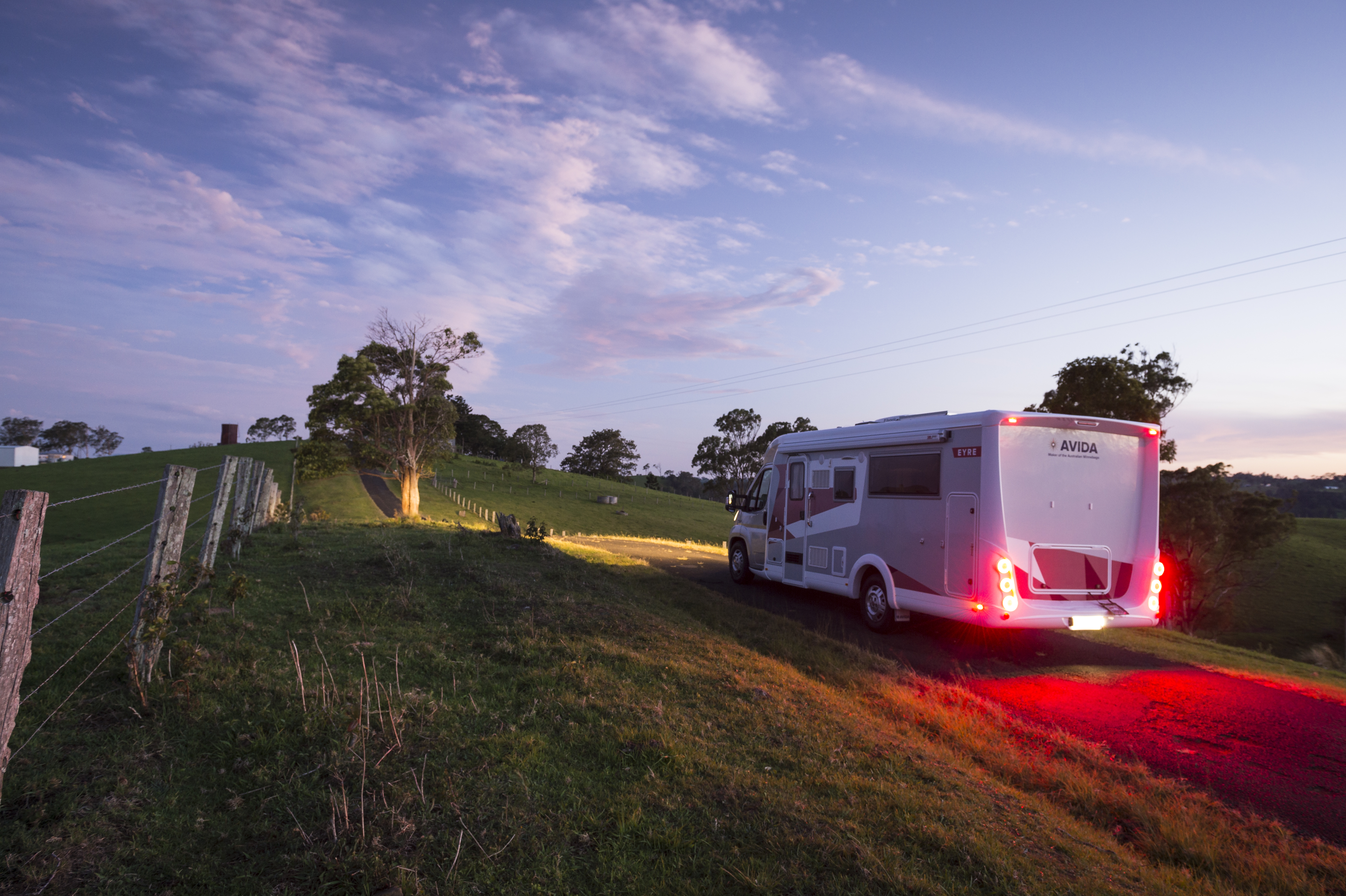
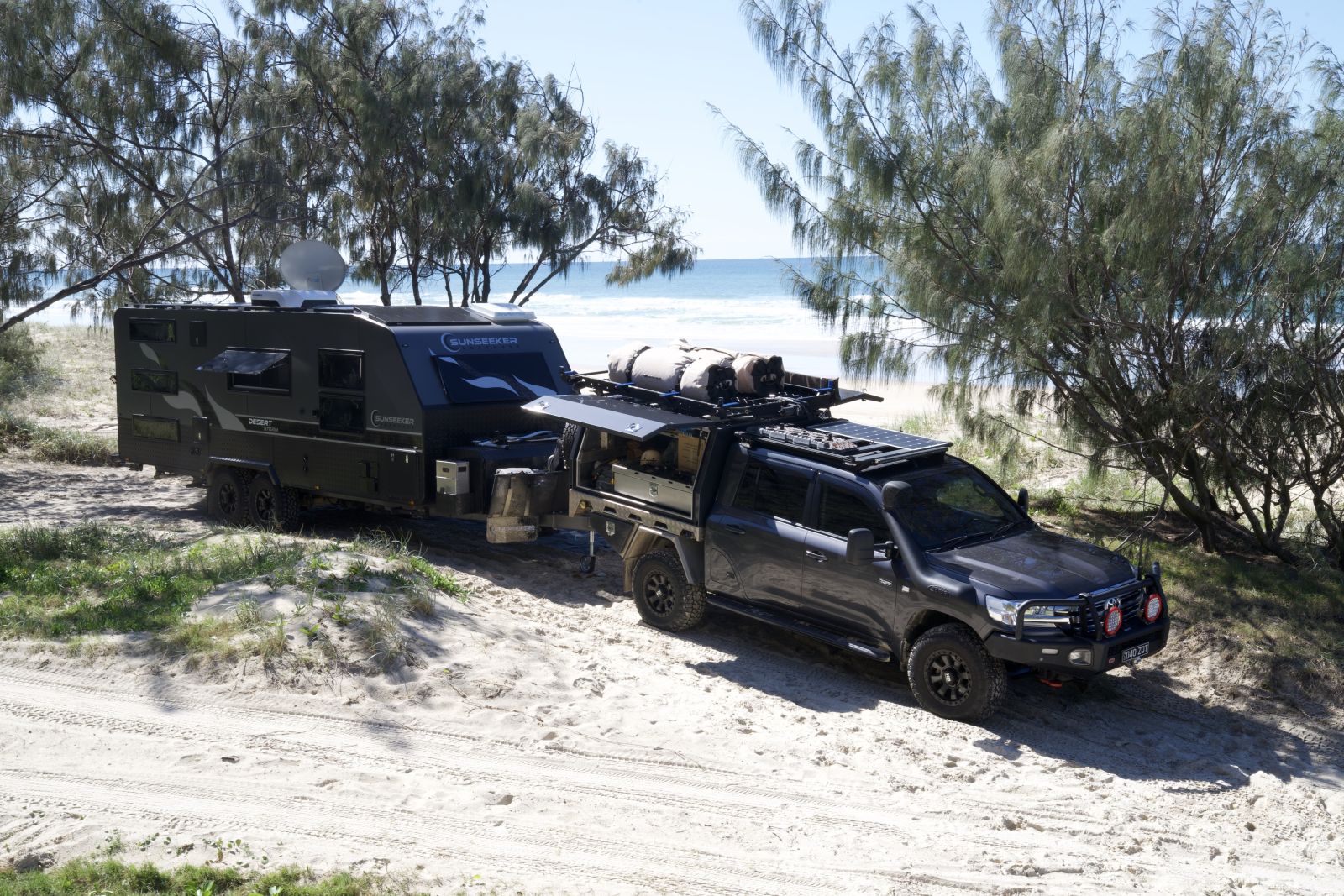
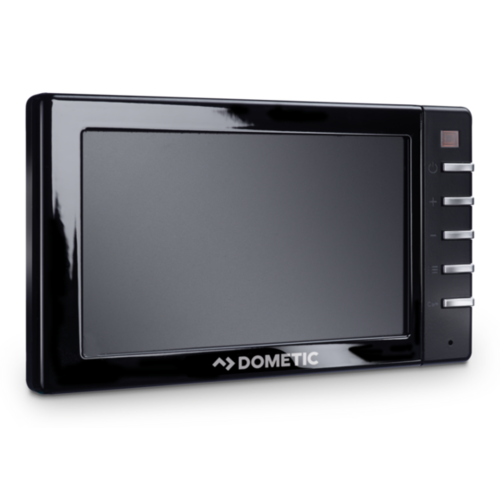
.webp)
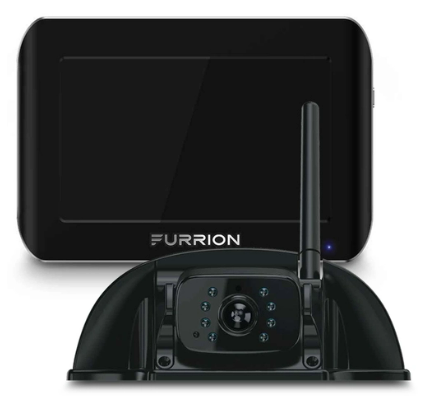
.png)
